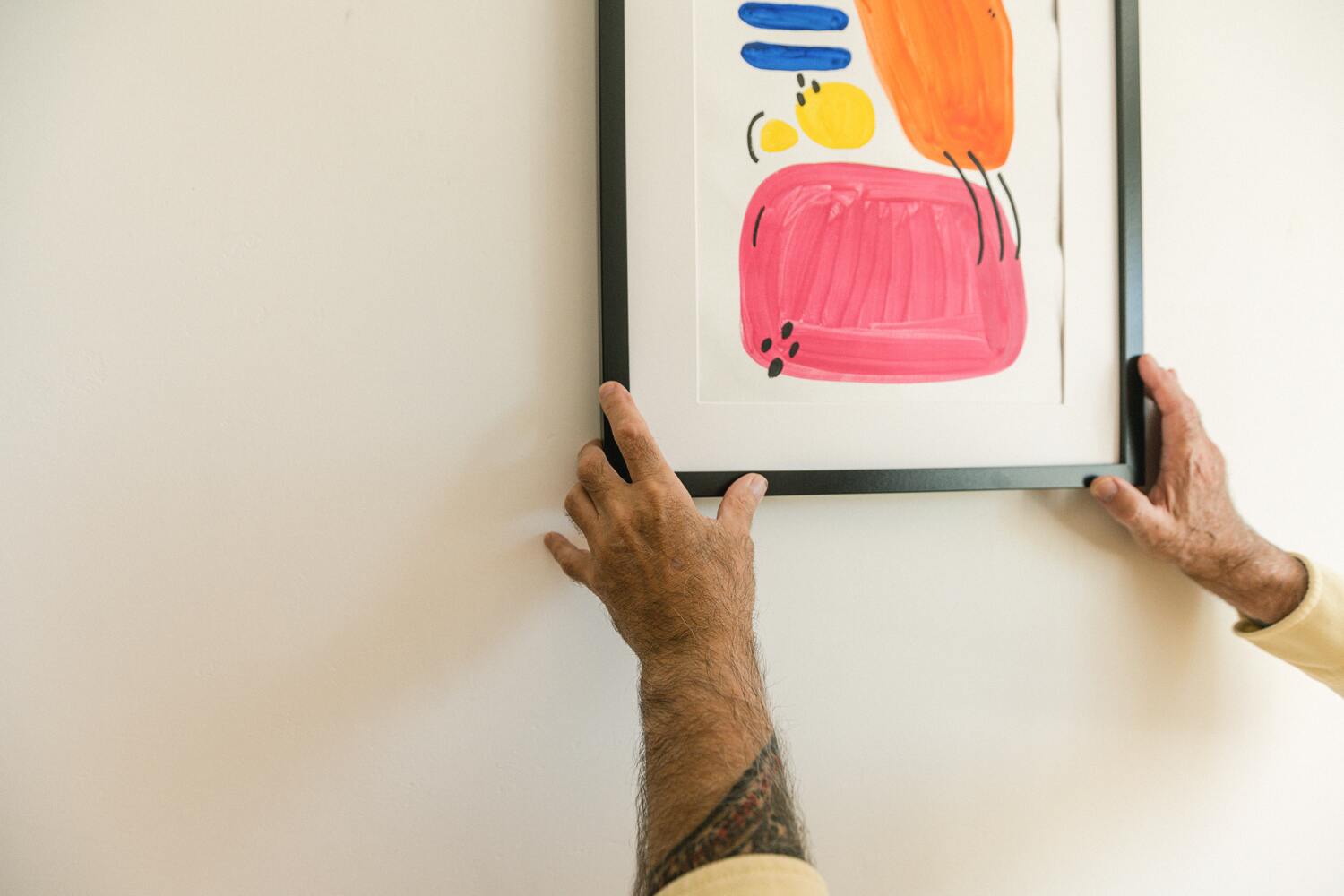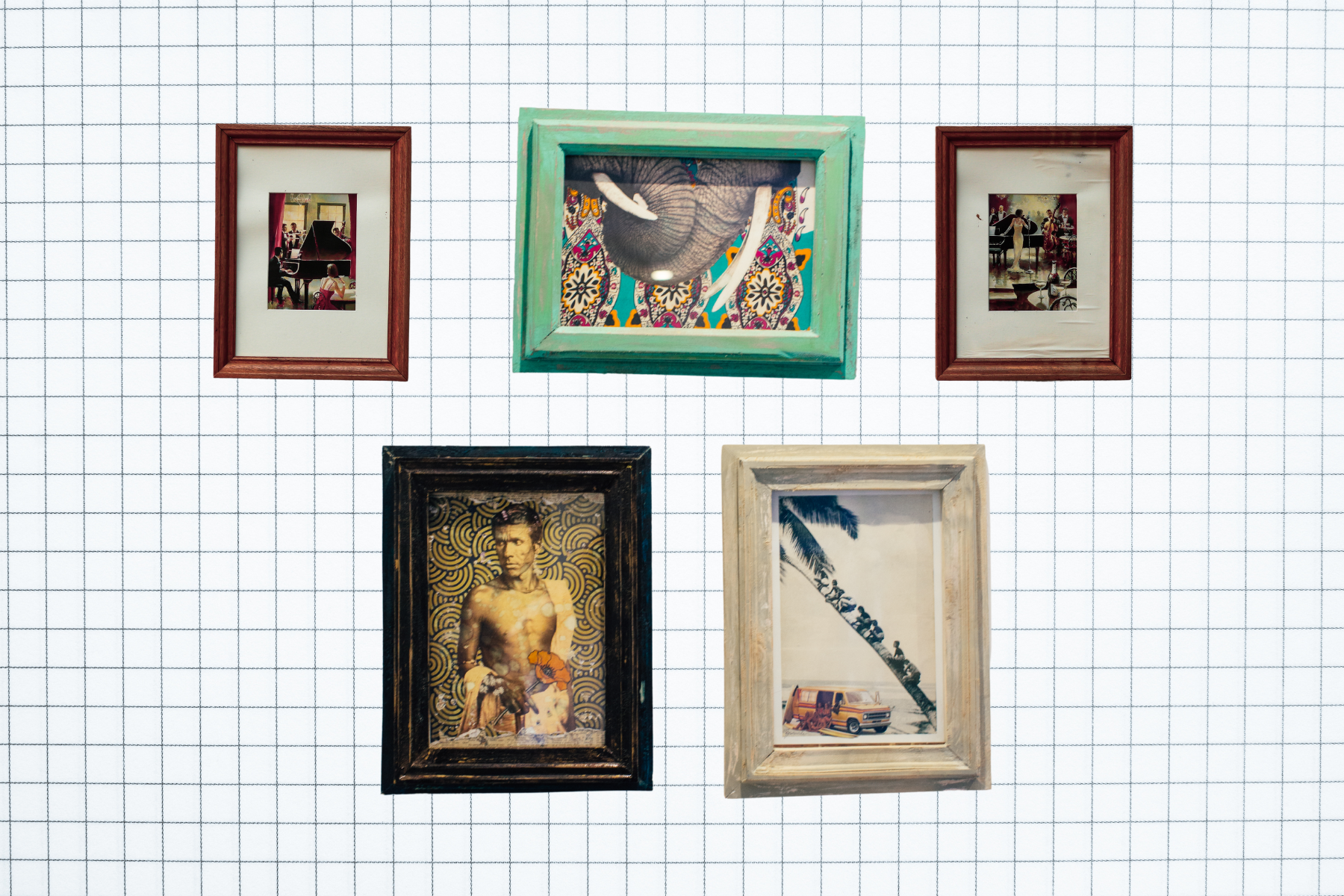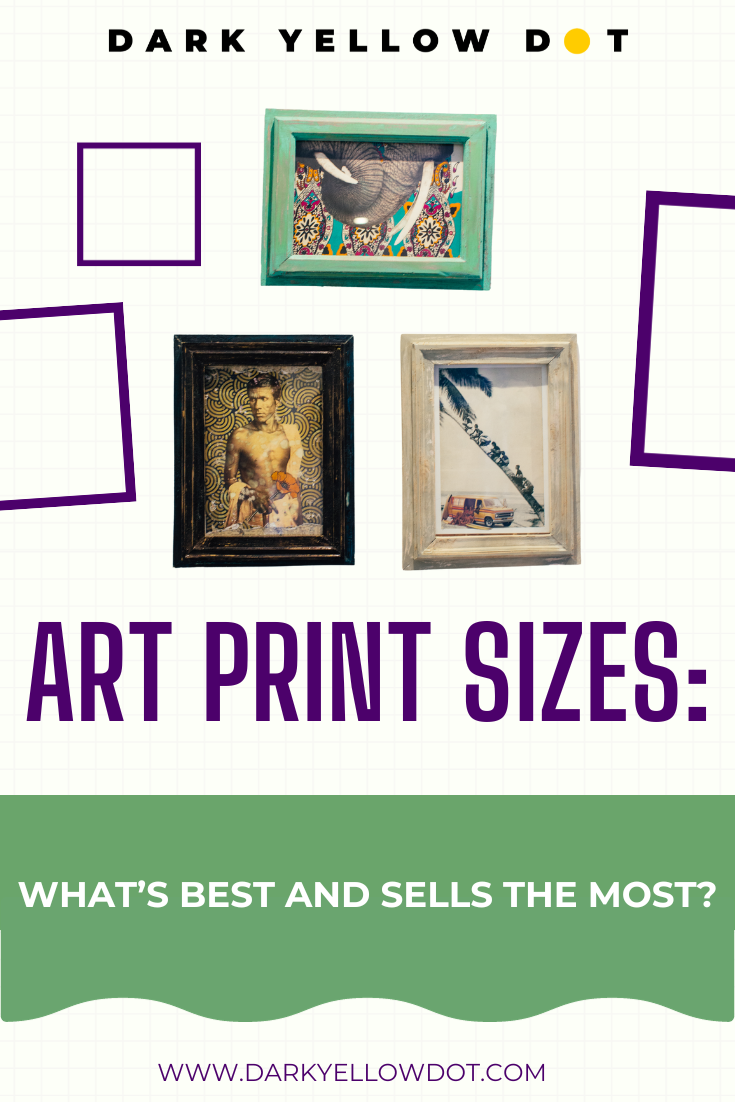


Art Print Sizes: What’s Best And Sells The Most?
Heads up: This post may contain affiliate links, Learn more.
Learn About Art Print Sizes And How To Utilise Them In The Best Way
At the core of it, being an artist revolves around a lot of decision-making. Multiple questions can approach us at once. What shall I create? In what style? What colours to use? The list continues. But there’s also some more confusing decisions an artist has to make, perhaps slightly more tedious ones compared to the examples above.
In this article, we’ll explore the more technical questions that surround art print sizes – helping you to come to a practical decision when it’s time to print and sell your work.
What is an art print?
Before an art print is produced – there has to be an original design or piece of work. Art prints are reproduced copies that can be created on a mass scale, usually offering a more affordable option compared to purchasing the artwork outright. Artists can make their own art prints using high quality printers or send them to professional art print services instead.
What are the standard art print sizes?
When it comes to prints, frames and mounts – there’s definitely some sizes that are more readily available and popular than others. Depending on where you are looking, art print size options will vary, but we can still recognise some of the most popular, go-to sizes. Let’s start with the standard and common print sizes for wall art, which generally consist of:
Standard Art Print Sizes
– 5” x 7”
– 6” x 8”
– 8” x 10”
– 11” x 14”
– 12” x 12”
Typically, the most popular of these print sizes (and thus the most sellable) are 10” x 8”, 10”x14”, and 12” x 12” – although this all depends on the customer or artist. These sizes are ideal for curating art gallery walls and providing versatility to suit any home interior.
Of course, there are other sizing options that you might want to consider depending on the space you’re working with. Small art is loosely defined as starting from 4” x 6” which is roughly the size of a postcard. These are ideal as collectibles, offering your audience a bite sized part of your practice. Following on from this, medium art is established as being any larger size up to 11” x 14” and can usually be found in frames, similarly to large art prints starting at around 20” x 30” and beyond.
Alternatively, if you are looking to increase your artwork sales, consider trying square prints, which are gaining significant popularity. They use less paper and are easier to frame and mat, making them a widely sellable print choice, as well as less expensive for the customer. The most common square print sizes are 8”x8”, 10”x10”, 12”x12” and 16”x16”.


Aspect Ratios
Something to be aware of and keep in mind with sizing is aspect ratios. Essentially, it will dictate the image shape and the relationship between the length and width. For example, a square shape print will have an aspect ratio of 1:1 – both the length and width are the same. 1:1 prints can come in different sizes like we’ve already discussed, like 12” x 12”, 8” x 8” or 16” x 16” – but they all have the same shape. Once you have established your desired aspect ratio, the art print can be scaled up or down.
Other popular aspect ratio examples include for art prints include: 2:3, 3:4, 4:5, 7:5.
Keep in mind that if you’re requested print aspect ratio is different to the image aspect ratio, you’ll need to crop or zoom in order to fit the correct size.
Other sizing measurements
If you’re buying or selling art prints in the UK, it’s not uncommon to see sizes listed as A0, A1, A2, A3, A4 and A5. This can be confusing, so check out the table below to see how these measurements convert.
| A0 | 46.8 x 33.1 in | 84.1 x 118.9 cm |
| A1 | 33.1 x 23.4 in | 59.4 x 84.1 cm |
| A2 | 23.4 x 16.5 in | 42 x 59.4 cm |
| A3 | 16.5 x 11.7 in | 29.7 x 42 cm |
| A4 | 11.7 x 8.3 in | 21 x 29.7 cm |
| A5 | 8.3 x 5.8 in | 14.85 x 21cm |
Framing and Hanging Art Prints
Whatever the scale of the artwork you are framing, the usual rule suggests that artwork should dominate in between 40 to 60% of wall space, which is a helpful fact to keep in mind when imagining what print size you want your artwork to be.
For example, where do you envisage a customer placing your artwork? Is it a bold statement piece one would want to dominate an otherwise empty living room wall with? Or does it fit better in a smaller print size, hung in an area with less wall space (i.e. above a bed?). Considering these kinds of questions can help you decide what the best and most sellable print size for your specific artwork is.
If you’re selling your prints through a print on demand company – you’ll probably be able to have multiple size options available at once. This is a good thing, as it increases the likelihood of a customer finding the right size for them, which in turn, makes your work sellable.
Digital Art Print Sizes
It’s important to have the correct digital art sizes, especially when you have printing in mind. If you blow up a low-resolution image too much, your print will be blurry. So when it comes to digital art, the general expectation is to not go below 300 DPI. DPI stands for ‘dot per inch’, which relates to the image size when printed.
This is different from PPI (pixels per inch) which we usually discuss when talking about the resolution of an image in its digital form. For example, an image with a 3000 x 3000 PPI will have a DPI of 300.
These factors are important to consider when you start your digital art piece and select a canvas size. If you start too small – the art print will need to be printed on a smaller scale than you originally wanted. Similarly, a large canvas size can cause your programs and systems to lag.
Etsy, a fantastic and accessible platform familiar to many artists trying to sell their work, reports that the most sellable print size on their website is 8×10 inches, an an important factor to keep in mind if selling your artwork is your goal.
The Benefits of Multiply Art Print Sizes
Art prints are used for a variety of purposes, but more often than not, they decorate a lot of our interior wall space. With everyone having different sized spaces – there isn’t one size that fits all. This means your art will appeal to a wider audience if you have a a good variety of options.
By having a range of small to large sized prints – you can cater your art to more customers and budgets.
What are the best art print sizes?
Ultimately, there is no definitive answer to the question of which art print size is the best. Hypothetically, any print size can sell and the right choice entirely depends on the artwork in question. Nevertheless, it is well worth taking the time to consider which print works best for your artwork based on the information provided.
Try doing some market research on the site you intend to sell work, paying close attention to the most popular options. Your audience will dictate what sizes are in demand – but only you will know what works best for your individual pieces.
HOW DO YOU NAVIGATE THE WORLD OF ART PRINT SIZES? LET US KNOW IN THE COMMENTS BELOW.
Also, don’t forget you can always share your art with us or tag us on Instagram – @darkyellowdot.
Thank you for reading and if you found this article useful, share it around, that makes us happy. To receive more posts like this and updates, join our mailing list, everyone is welcome.
NEED MORE ADVICE?
ARTICLES TO HELP:
How To Make Professional Art Prints (Budget Friendly Guide)
7 Great Ways To Make Money As An Artist In 2023
6 Best Scanners For Artwork In 2023 (Read Before You Buy!)
SITES TO HELP:
COURSES TO HELP:
Sell Your Art: A Step By Step Guide To Selling Art Prints
How To Make Art Printable Using Free Tools
Printing & Framing: Your Guide To Print Choices And Custom Framing At Home


3 Comments
-
Linda West
Thank you for this valuable information!
-




Peter Ashworth
Great and insightful info. TY